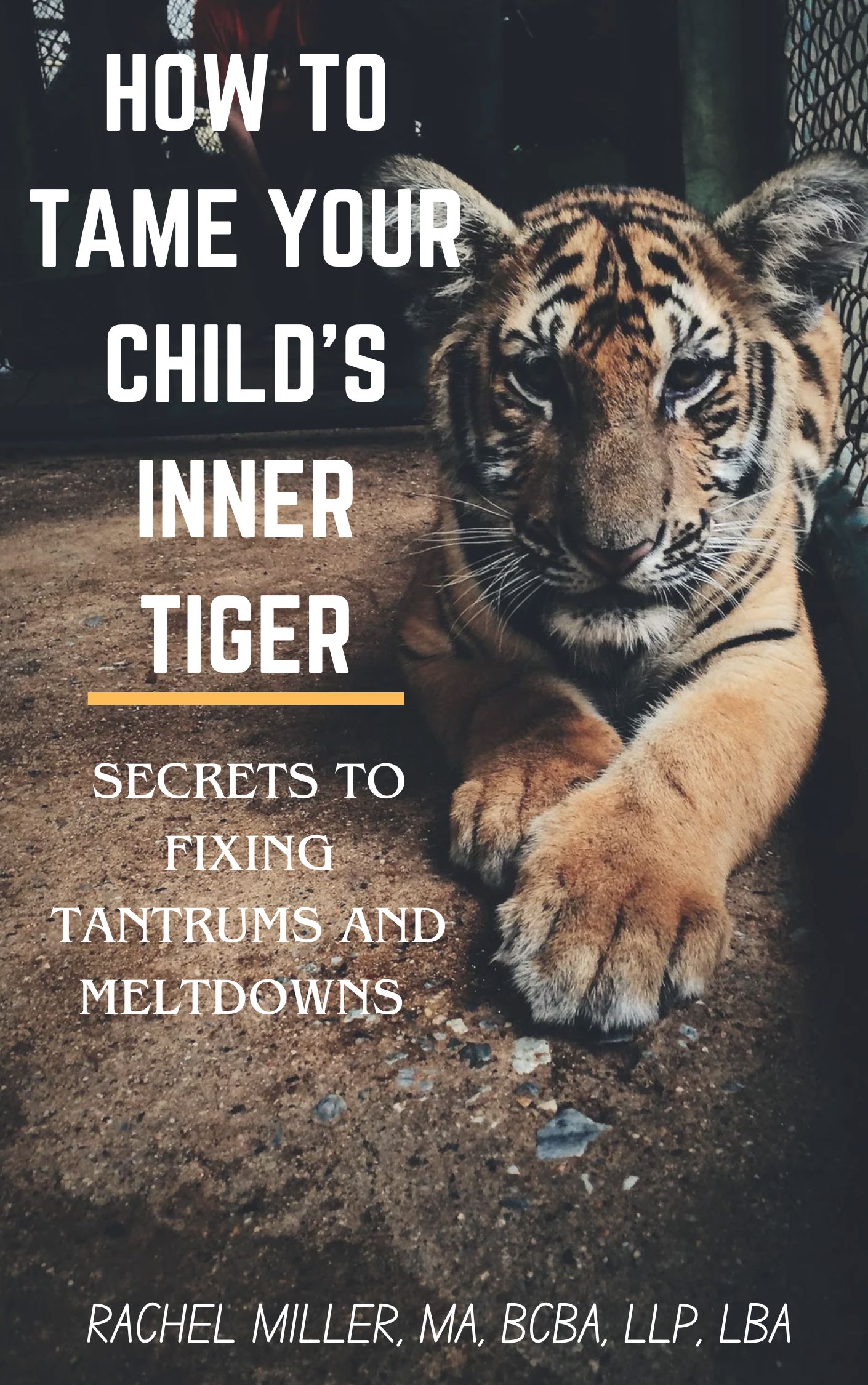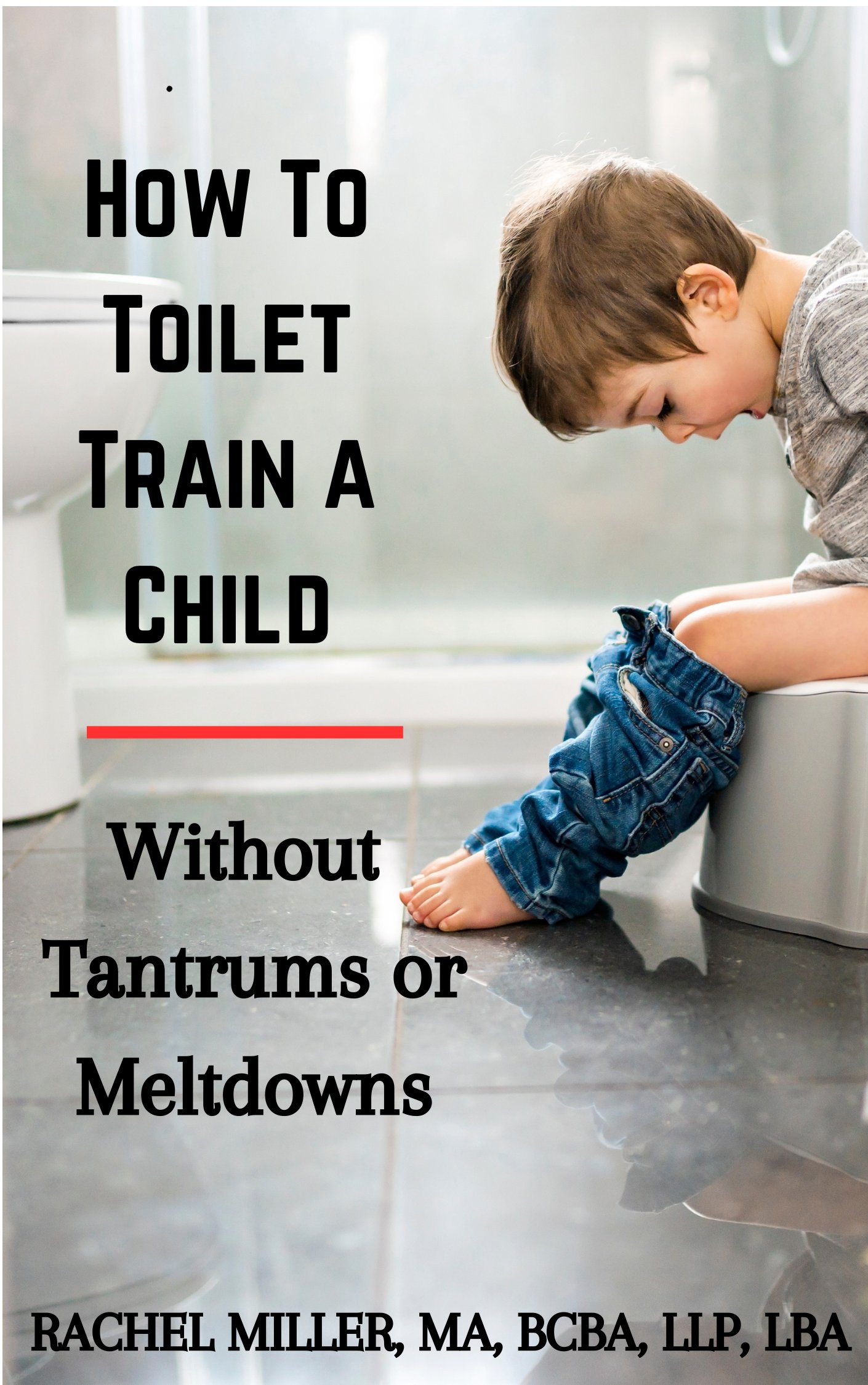Applied Behavior Analysis

I would love to tell you more about applied behavior analysis - ABA autism therapy, currently the most effective treatment for autistic disorder. This is my favorite topic! Mostly because I'm a Board Certified Behavior Analyst, but also because I find it inspiring to know how effective this can be for families to see their children achieve such great outcomes. Teaching autistic children, through the use of ABA training, helps to establish verbal behavior, imitation, and eliminate stereotypical behavior. It can also help to decrease undesirable behaviors including tantrums, aggression and self-injurious behavior. It's truly a life changing therapy for families in so many ways.
Recently, there has been some controversy surrounding ABA therapy, but all of this is based on outdated methods that majority of ABA providers do not do anymore. The science of behavior is the same. That hasn't changed and it's based on science that can't be disputed as to why certain behaviors do or do not occur. The application of that information in applied behavior analysis therapy can vary from one provider to another, the goal is to find a provider that uses natural environment training (NET) incorporated with other evidence based practices and to have your child love going. If they like going to ABA after they have had a few weeks to get acclimated, then you know you have found the right place.
ABA schools for autism are considered the best option for children if you can find one, but if not, ABA centers or in home therapy is a great alternative. Including additional therapies, such as speech and occupational therapy for children an be very important for treatment success as well. I can tell you with certainty if you find the right Board Certified Behavior Analyst, your child will thrive and be happier then they ever have been because they will learn how to get their needs and wants met without having to engage in challenging behaviors.
What is Applied Behavior Analysis?
While Behavior Analysis is the scientific study of behavior, Applied behavior analysis (ABA) involves taking what we already know about behavior, based on principles of behavior, and using this information to bring about a positive change.
Behavior analysis involves evaluating and assessing the biological and environmental variables for an individual and determining how these affect the individual's behavior when applied.
The behaviors are defined in observable and measurable terms to assess progress over time and then analyzed in the environment to determine external factors that are influencing that behavior. Different factors involve stimuli in the environment that affect the rate of responding by causing it to increase or decrease over time.
Applied behavior analysis can be used in a variety of settings, across a wide range of subjects and on a variety of behaviors. When used in autism treatments or with other pervasive developmental disorders, it typically attempts to increase socially significant behaviors and decrease socially undesirable behaviors.
Applied behavior analysis is also used to improve communication and appropriate play for the child’s level of development. This may be done through the use of:
- Structured play
- Incidental teaching
- Discrete Trial Training (DTT)- the most common form of ABA for children with autism that can be done in a natural environment
- Picture Exchange Communication Systems (PECS)
- Pivotal Response Training
- Verbal Behavior Training
- Natural Environment Training (NET)
Applied behavior analysis techniques can be used(1):
• To increase desirable behaviors (eg reinforcement procedures increase on-task behavior, or social interactions);
• To train new skills (eg, systematic instruction and reinforcement procedures teach functional life skills, communication skills, or social skills);
• To maintain behaviors (eg, teaching self control and self-monitoring procedures to maintain and generalize job-related social skills);
• To generalize or transfer behavior from one situation or response to another (eg, from completing assignments in a special education classroom to performing as well in the mainstream classroom);
• To limit conditions under which undesirable behaviors occur (eg, modifying the learning environment); and
• To reduce undesirable behaviors (eg, self injury or stereotypy).
ABA programs are usually implemented by ABA therapists. This can be applied in the home under the supervision of a Board Certified Behavior Analyst (BCBA) or as part of the curriculum at ABA schools for autism.
B.F. Skinner
Behavior Analysis was originally illustrated by B.F. Skinner in the 1930’s. Some of you may have noticed that my last name is also Skinner if you took some time to read the page about Rachel.

B. F. Skinner was my Great Grandfather. Just Kidding! I wish! No really, I don’t know of any relation, but I also do not have access to my family tree from my Grandpa Skinner’s family.
I suppose I could pay a lot of money to research it, but then I would lose the dream of that small chance we are related if proven otherwise. I like to think there must be some connection for me to have taken such an interest in behavior analysis, which has always been very easy for me to understand.
Dr Ivar Lovaas
Despite B. F Skinner describing this science in the 1930’s, it wasn’t really until the 1960’s that ABA for children with autism became prevalent. In 1987, Dr. Ivar Lovaas conducted a study using applied behavior analysis for 60 children with autism in an intensive 40 hour per week curriculum (3).
In this study there were three groups...
Experimental Group: The children in this group received 40-hours per week, with treatment lasting two-to six-years. The outcomes indicated 47% of the children became indistinguishable from their peers or “best outcome,” many were able to have their “autism” label removed. This is extremely significant aspect of the study. So, 47% were able to have the label removed! How exciting is this research for parents of children with autism? It lets you know that with ABA your kiddo has a fighting chance to go into a regular education classroom. However, I think it's key to say that this was early intervention. Once children turn 7 years old, the brain changes significantly and the chances of this outcome become much more unlikely. That's why starting services as soon as possible is extremely important.
In the experimental group, eight (i.e., 42%) moved from a self-contained or autism room to a language-delayed room, and two of the children or 10% saw little improvement. As a whole, 89% of the children in the experimental group saw substantial improvement (e.g., significant gains in IQ and socialization). For majority of kids to see substantial improvement is also a huge indicator of how impactful and effective applied behavior analysis will be for children with autism.
For Control Group One:
These children received 10-hours per week with special education, and the treatment lasted two-to six-years. The outcomes indicated none of the children achieved best outcome with 42% of the children seeing improvement. Let me repeat that... NONE of the children achieved best outcome.
You would not believe the number of families that want to quickly put their kids in school, before they are developmentally ready, and reduce ABA to only 10 hours per week. The research shows this is NOT in your child's best interest, UNLESS they are meeting developmental milestones and the main focus is shifting to socialization and interacting with other kids. However, if your child is less than 7 years old, isn't talking yet or communicating well, ABA is by far the best option for your child. They will have plenty of time to catch up on academics, but only a small window for them to receive early intervention before they turn 7.
In Control Group Two, the children received special education, and data was taken over the course of four-years. One child or 5% in this group went on to reach “best outcome.”
You may have heard of the book titled Teaching Developmentally Disabled Children: The ME Book written by Ivar Lovaas. This is a great book if you are hoping to learn how to use ABA yourself. Dr. Lovaas' program involves providing each child with an individualized plan that outlines specific behaviors in objective terms that the child is in need of improving or eliminating as part of their behavioral repertoire (set of characteristic behaviors for that child).
If you haven't already, be sure to check out my ebooks, now on Amazon!
References
1. What is Applied Behavior Analysis?. Center for Autism and Related Disorders, INC (CARD). www.centerforautism.com
2. Malott, Richard W. A Brief History of Behavior Analysis and Autism.www.dickmalott.com.
3. Lovaas, Ivar. The results of the 1987 Study. www.thelovaascenter.com

